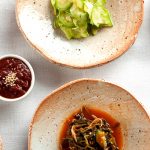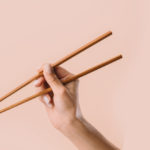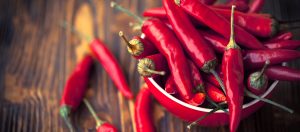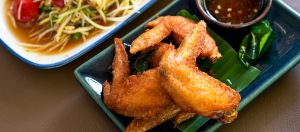Chopsticks have became the symbol of Asian culture. They are now a global phenomenon thanks to Chinese takeout food. Many Americans have learnt to eat with chopsticks in recent years with the popularity of Asian cuisine. You can even find chopsticks learning kit all over Amazon and foodie blogs. If you google “Asian icons”, chopsticks are right there on the top, along with tea pots, rice patty hats, and dragons.
The ironic part is that not all Asians use chopsticks. They are only the utensil of choice in East Asia. Many South Asians and Southeast Asians eat with their hands. Fork and spoon are also widely used in Southeast Asia, like Philippines and Indonesia, due to western colonial influences.
Making the matter more complicated, chopsticks are quite different within each East Asian culture. Although they originated from China, chopsticks have evolved differently in each country, adapting to local food preferences and dining habits. This not only has implications on their shapes and materials, but also the chopsticks’ etiquettes in every culture.
- Chinese: Chinese chopsticks are long and square. This is because food sharing is at the core of Chinese dining. Food is usually placed in the middle of a round table and individuals will reach out to grab their own share throughout the meal. The length helps with the reach and their square shape helps to carry food into your own bowl without dropping anything. This is especially true when it comes to eating hot pot where you cook meat and vegetables in a boiling broth.
- Japanese: Japanese chopsticks are short and pointy. Unlike Chinese food, Japanese cuisine comes in individual servings. Therefore, Japanese chopsticks are designed to use in short distance only. This is also why the best etiquette is to place them horizontally with the tips on the left instead of vertically, which is different from most other Eastern Asian countries. The reason Japanese chopsticks are pointy is due to the large amount of fish in Japanese cooking. Pointy chopsticks are easier to pick out bones and separate larger fish pieces into bite sizes.
- Korean: Korean chopsticks are made out of metal, instead of bamboo or wood. This tradition dates back to the 14th century. The ruling royals at the time were afraid to be poisoned by their enemies. They ordered all utensils to be made out of silver, which is believed to change color when exposed to arsenic poison. Soon after, mental utensils became a symbol of wealth and social status. Although most families can’t afford silver, they mimicked the look with metal chopsticks and spoons. That’s also why Korean chopsticks are often flat as a cost-saving measure to save materials. That being said, many also argue flat chopsticks deliver a stronger grip. Korean chopsticks are always paired with a spoon to eat rice and soup. When resting chopsticks down on the table next to a spoon, you should always place the chopstick on the left side of the spoon.
Hopefully you are now more familiar with the nuances of chopsticks culture. Next time when you eat at a Chinese/Japanese/Korean restaurant, you can eat like a local!
Next week, we will talk about the utensil culture outside of East Asia. If you have any interesting personal stories or questions, please don’t hesitate to share!







